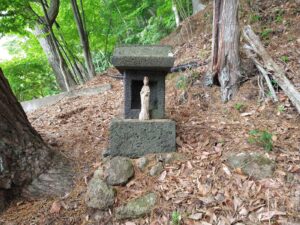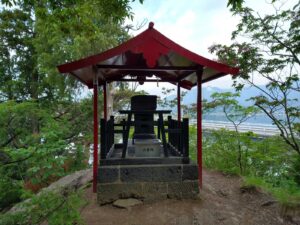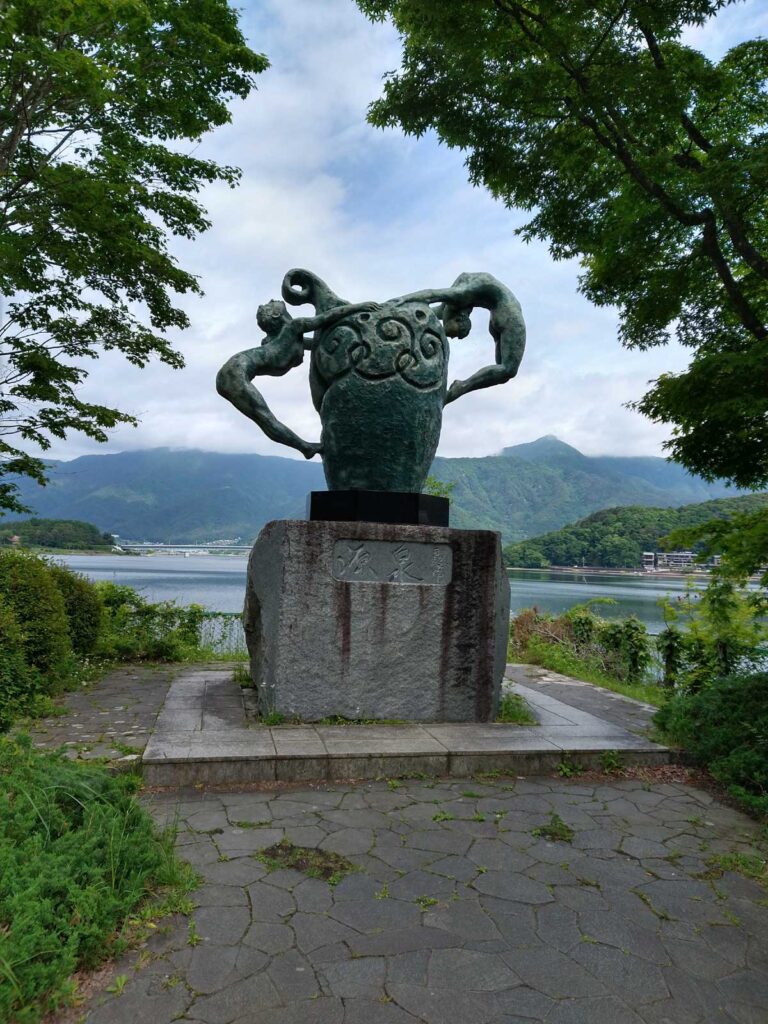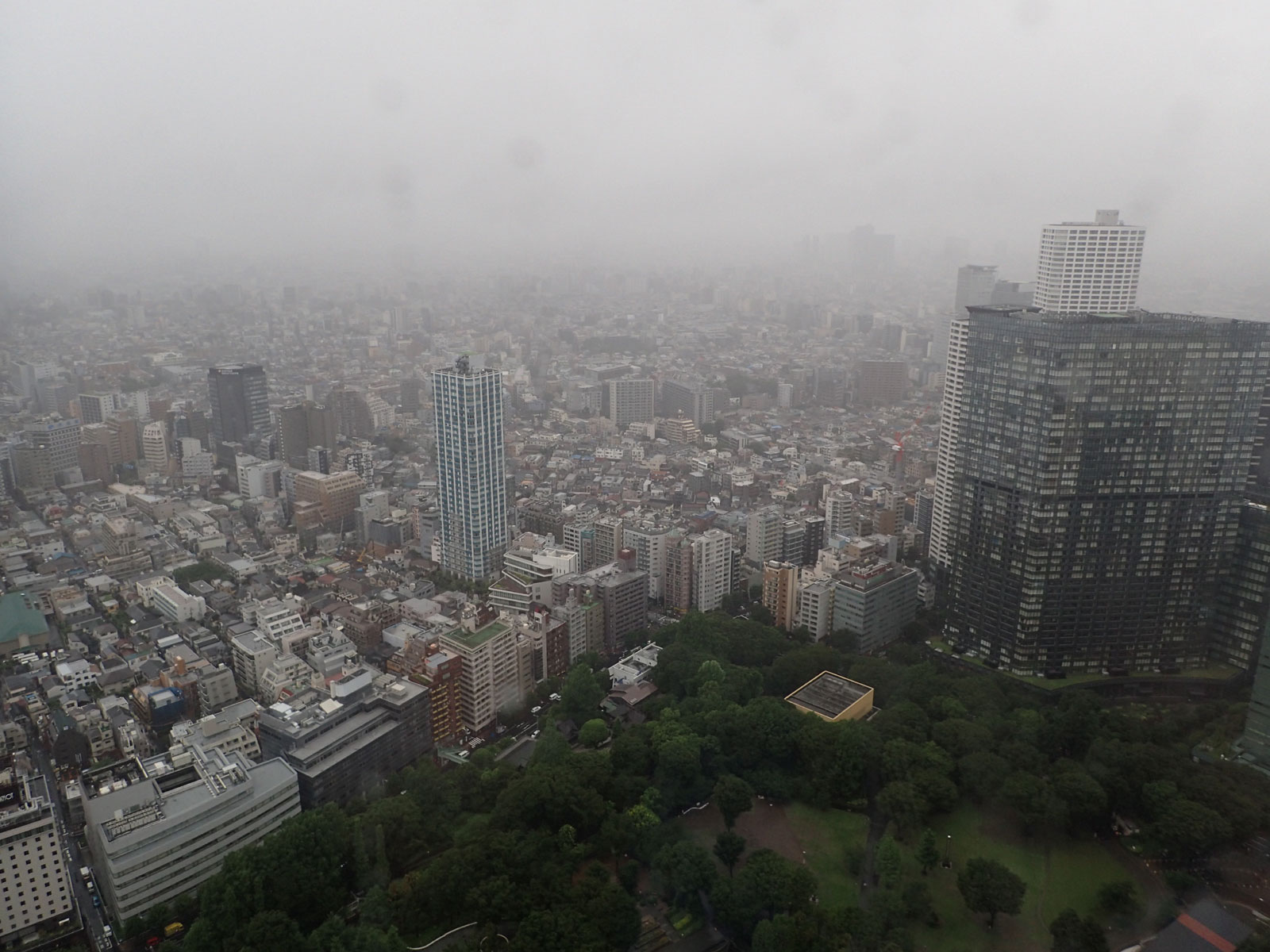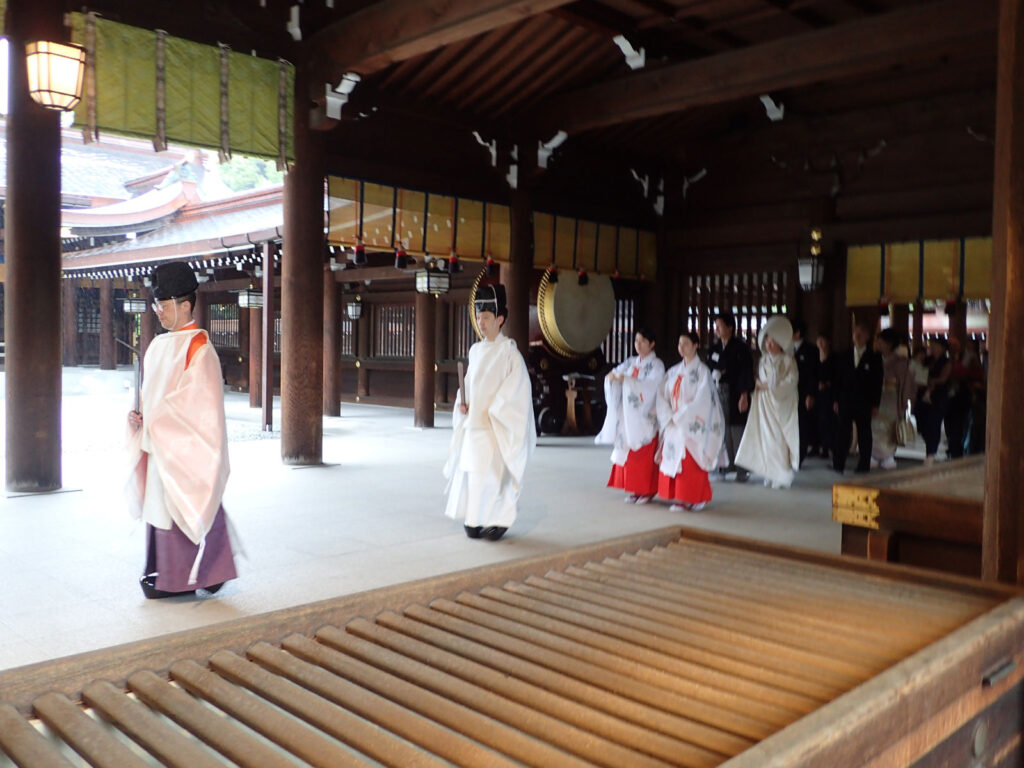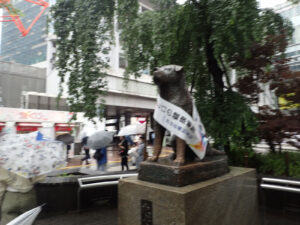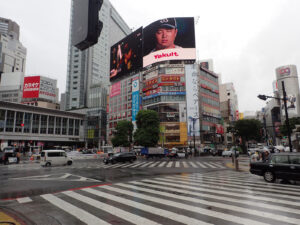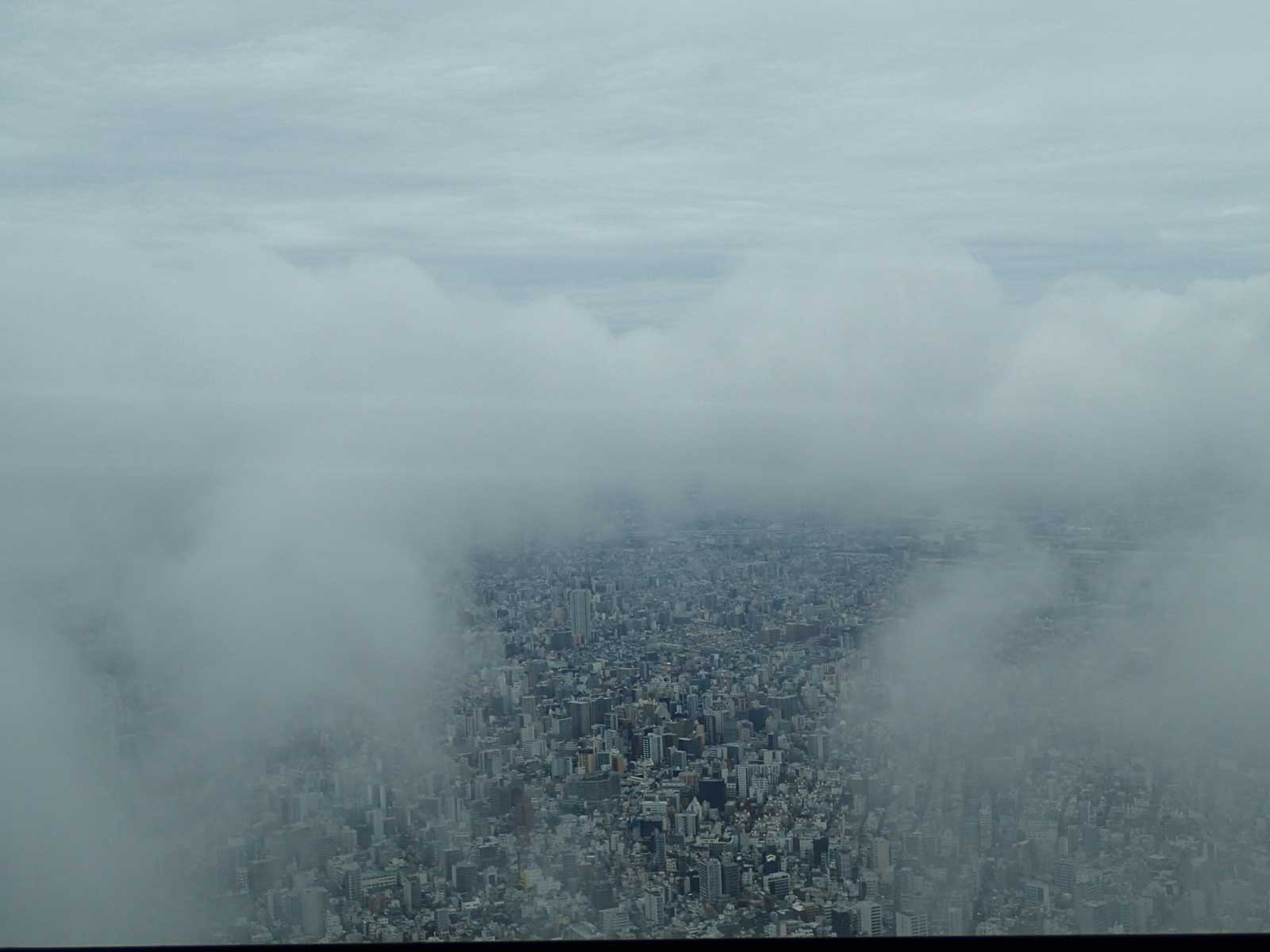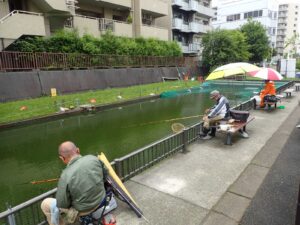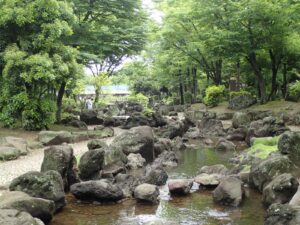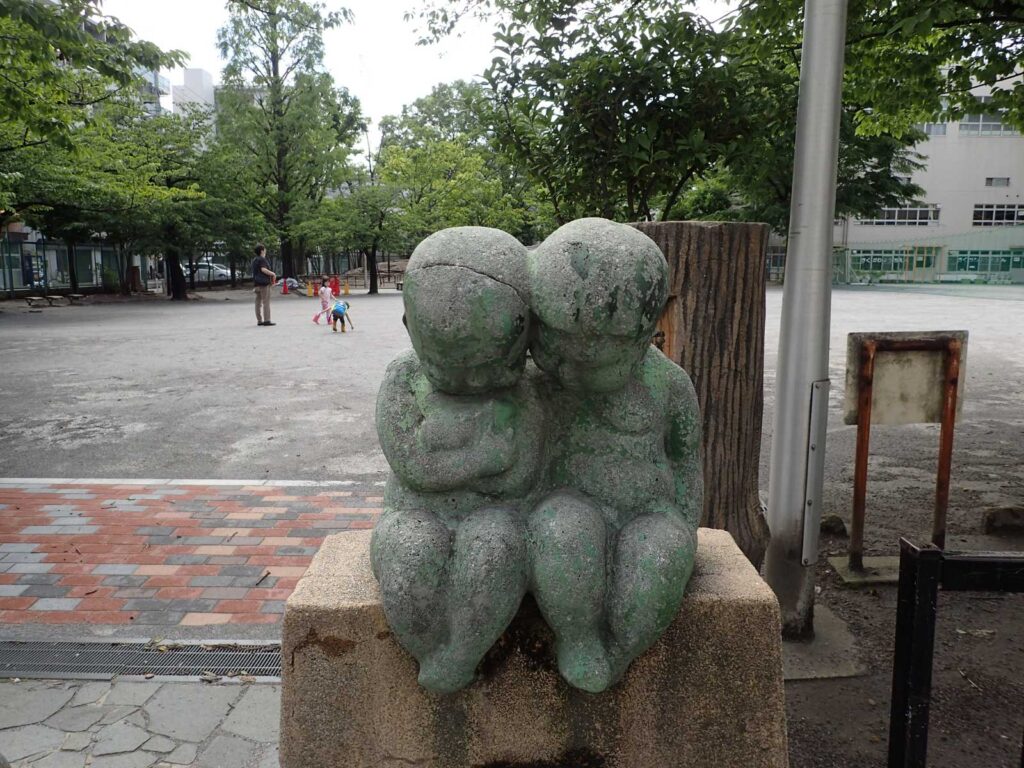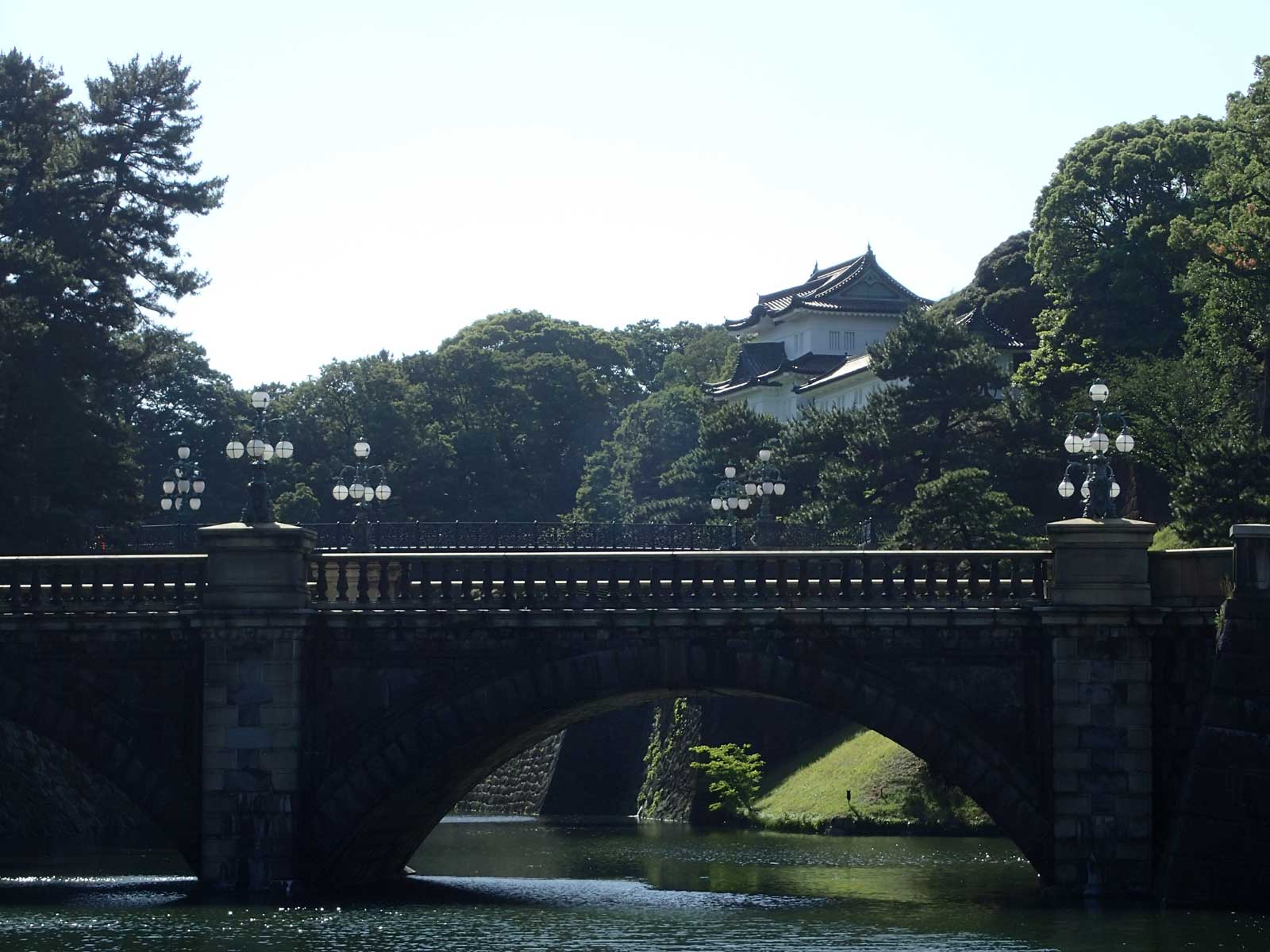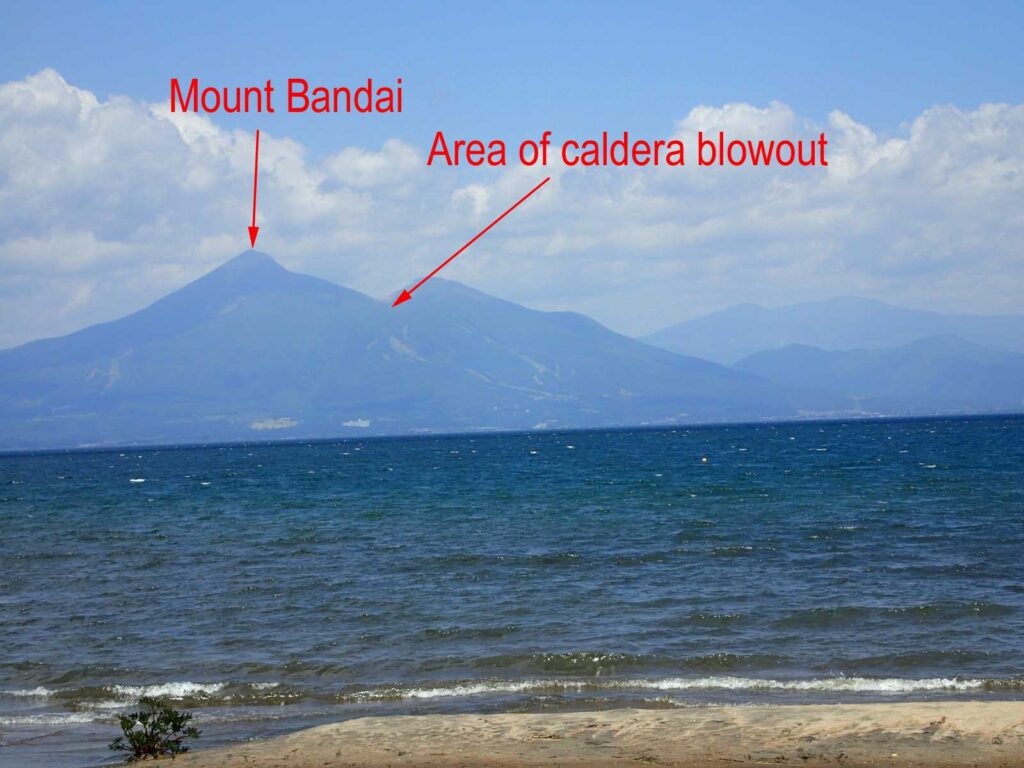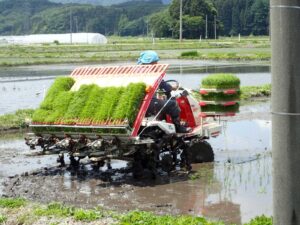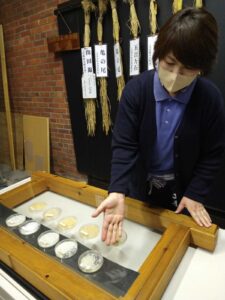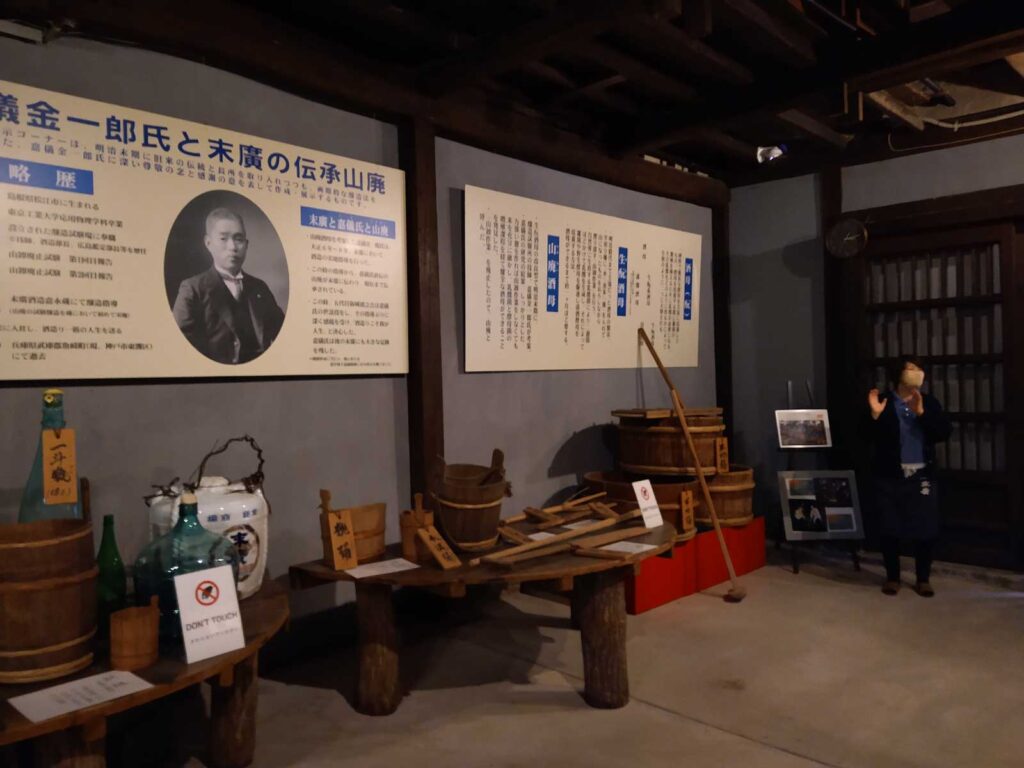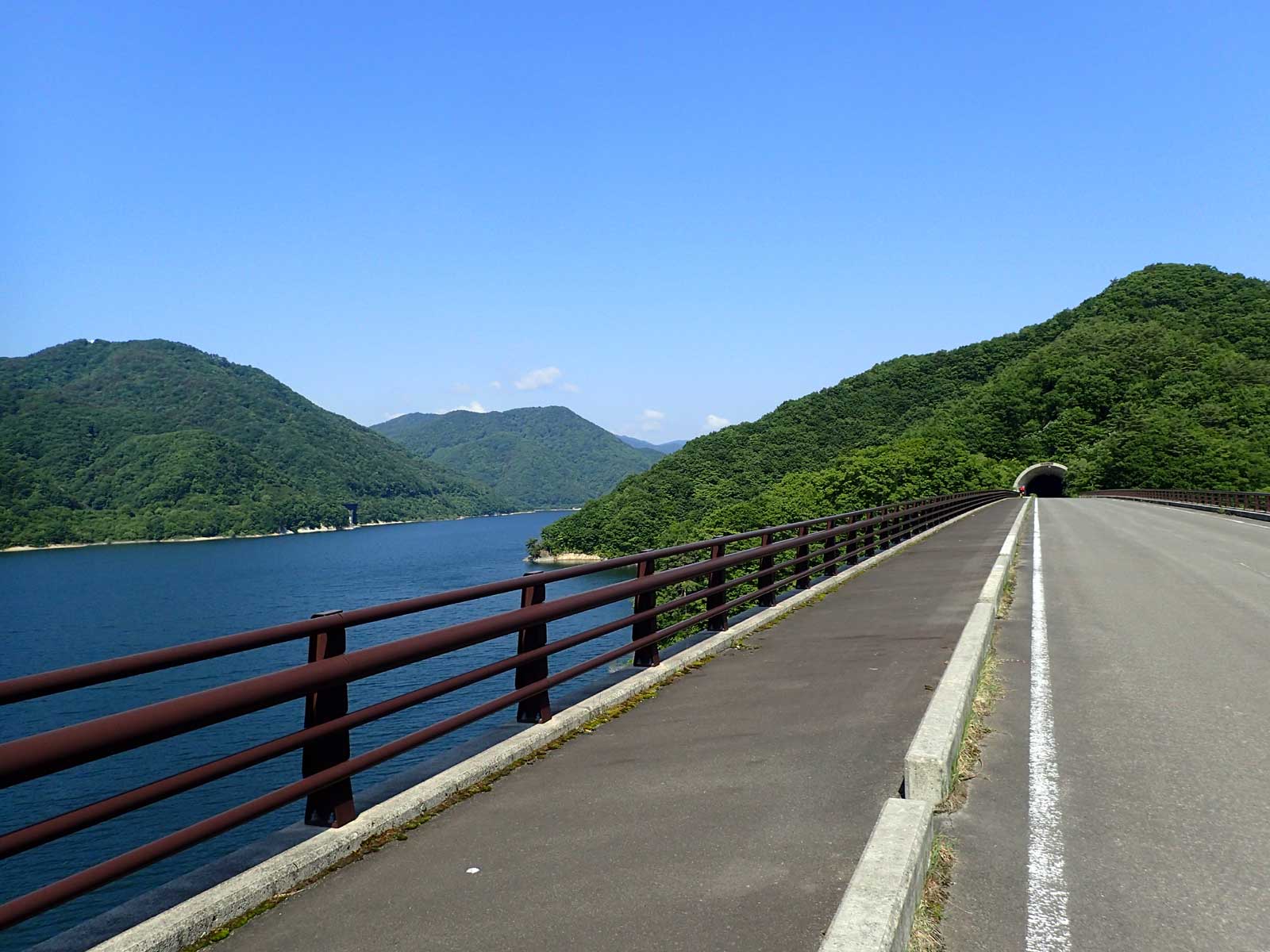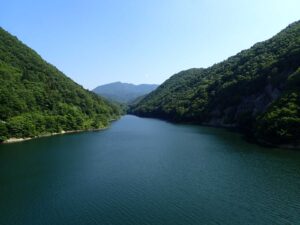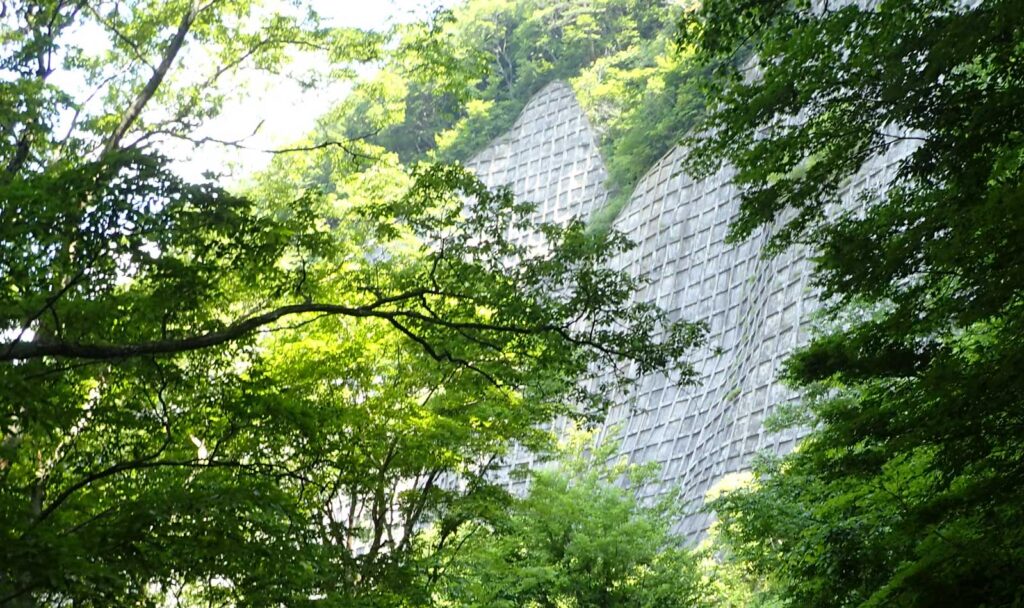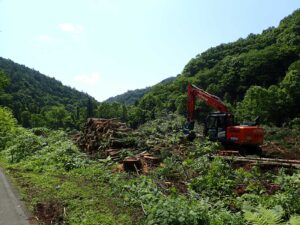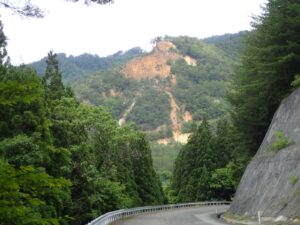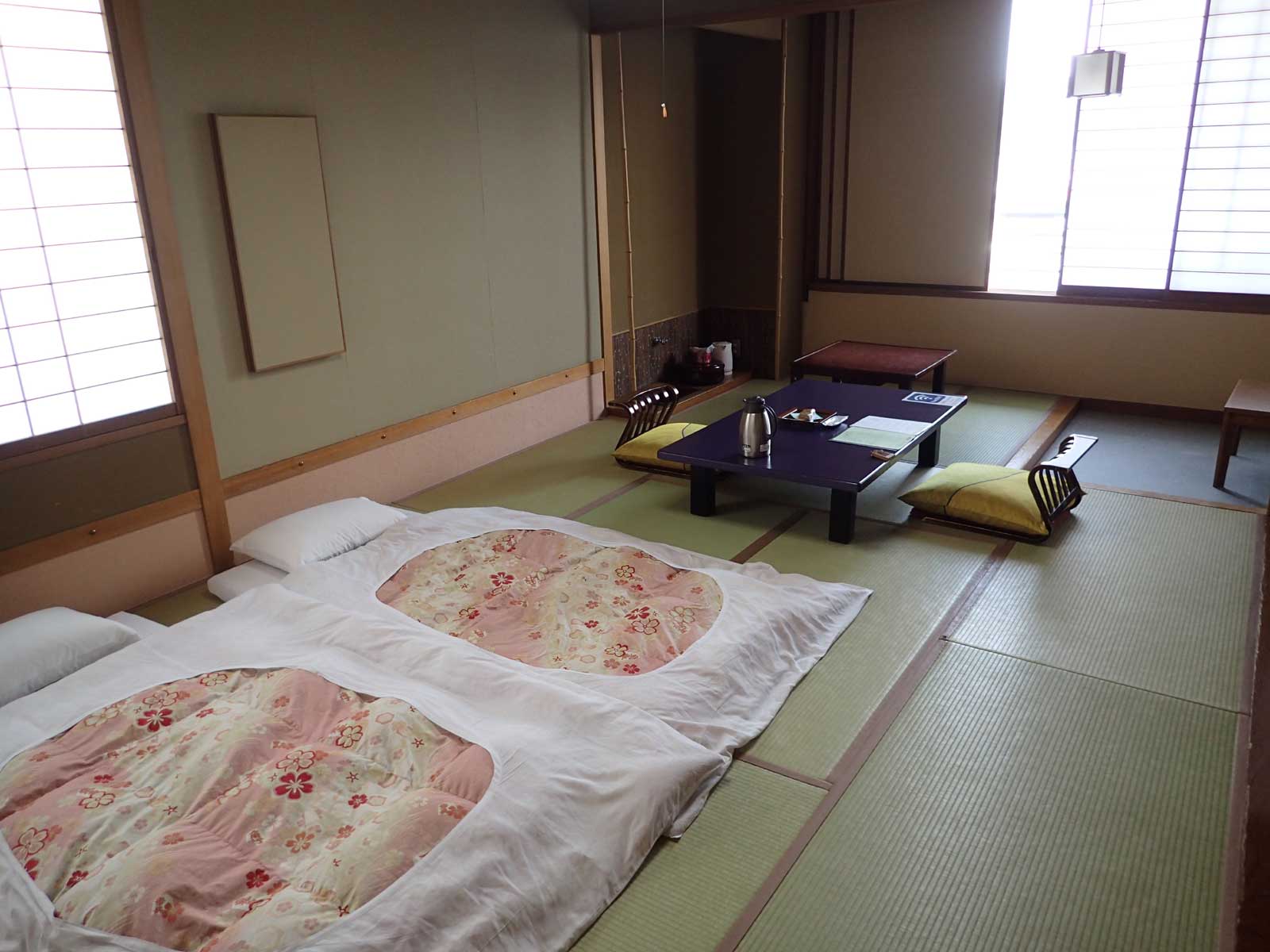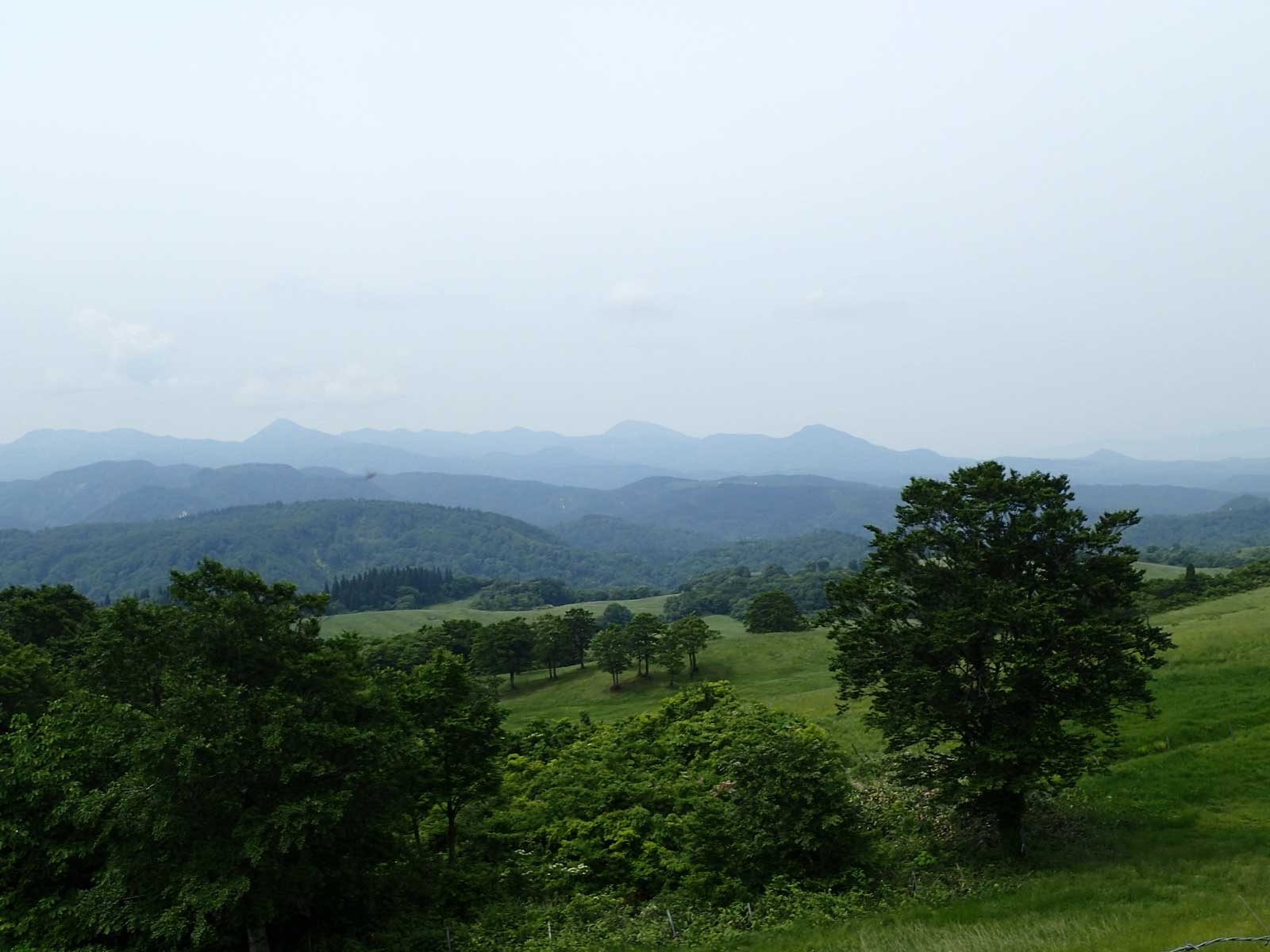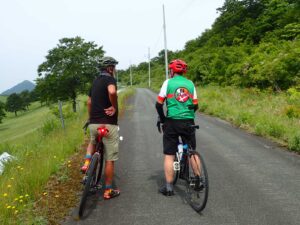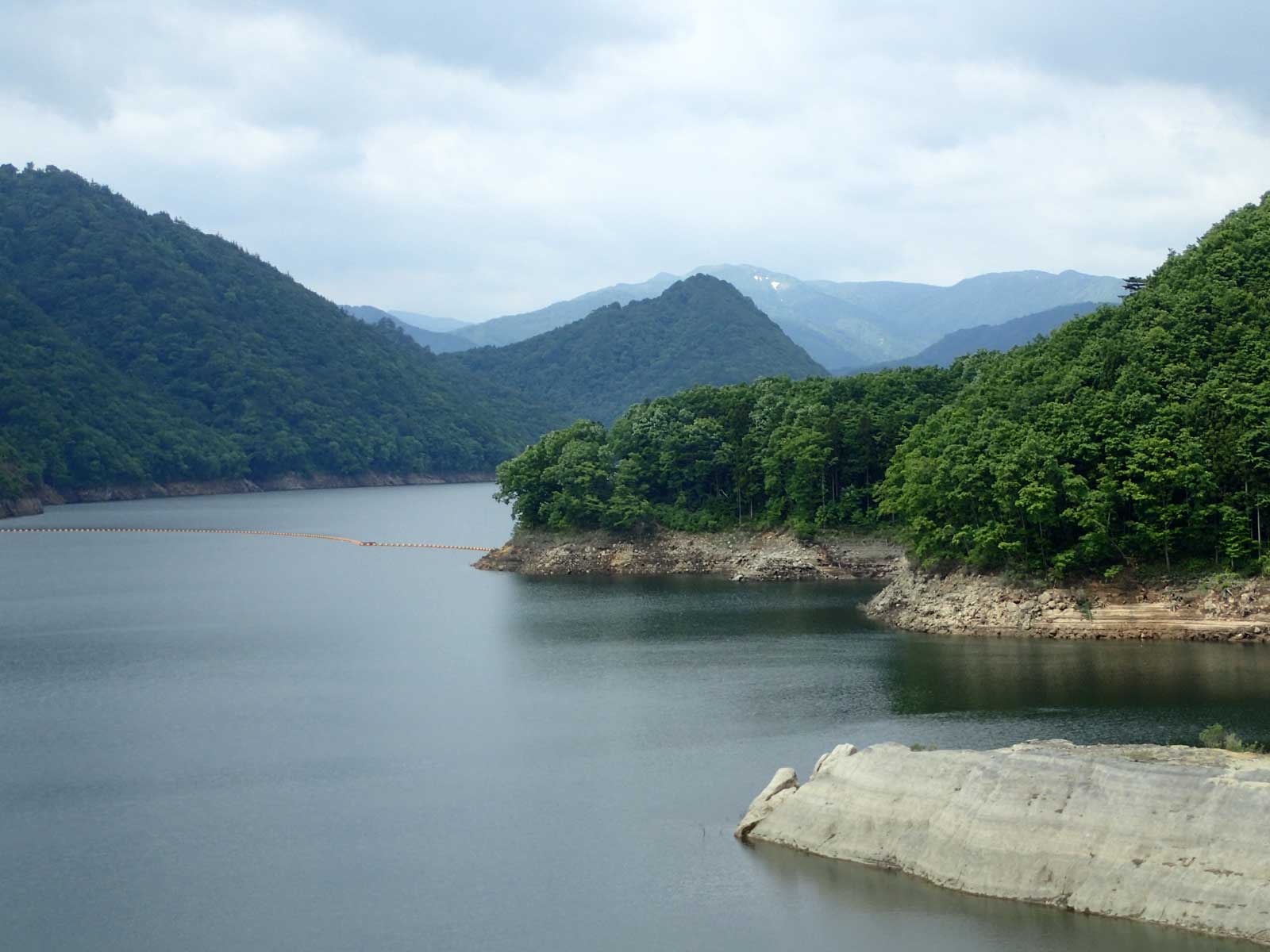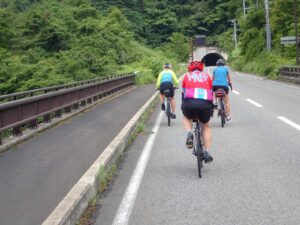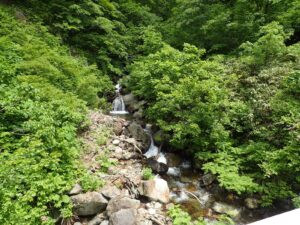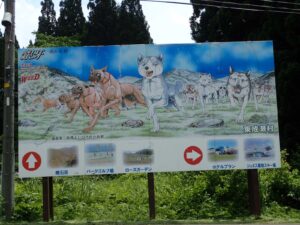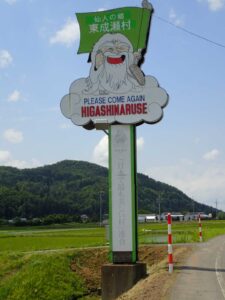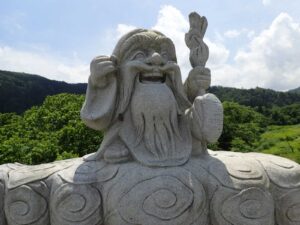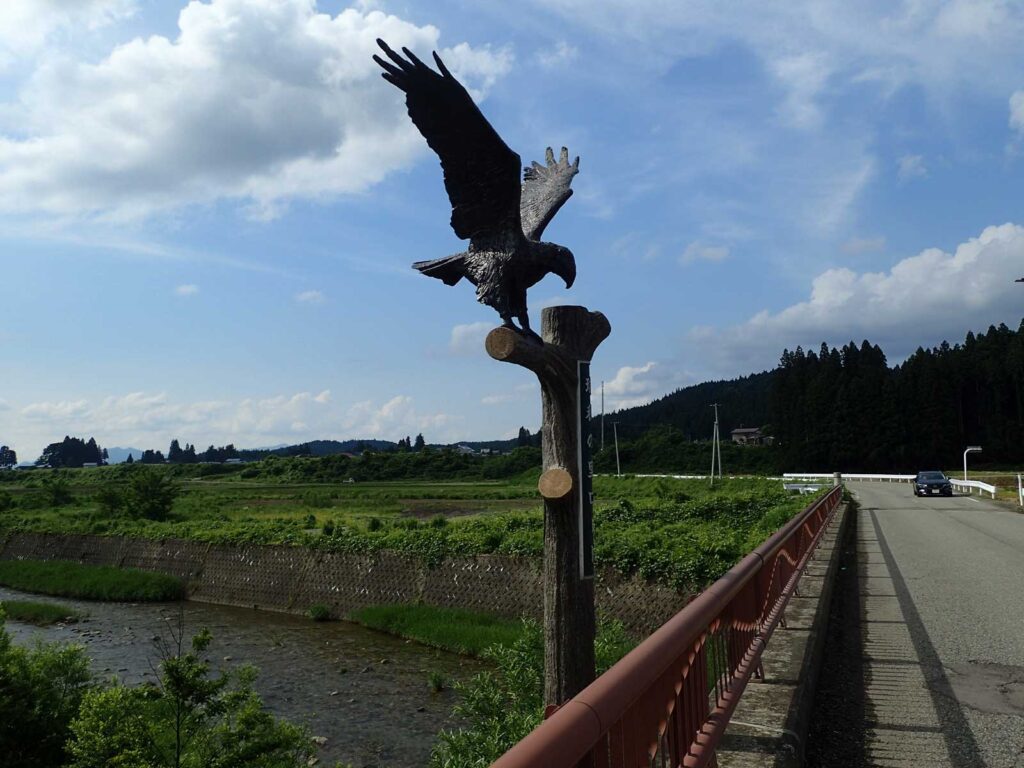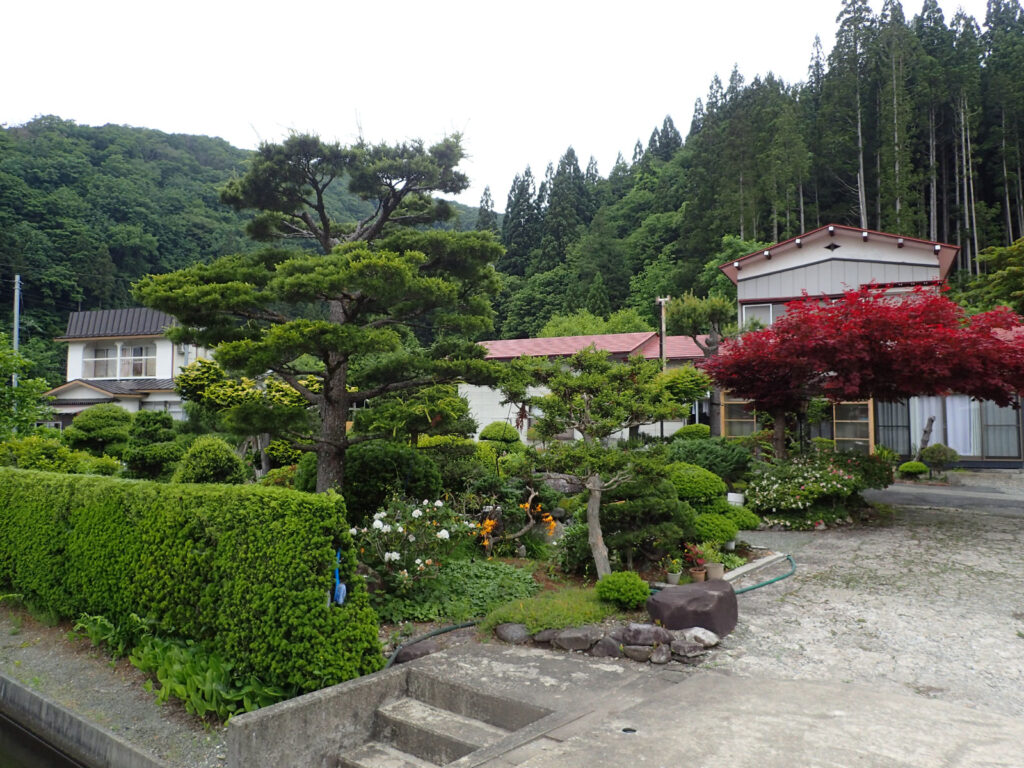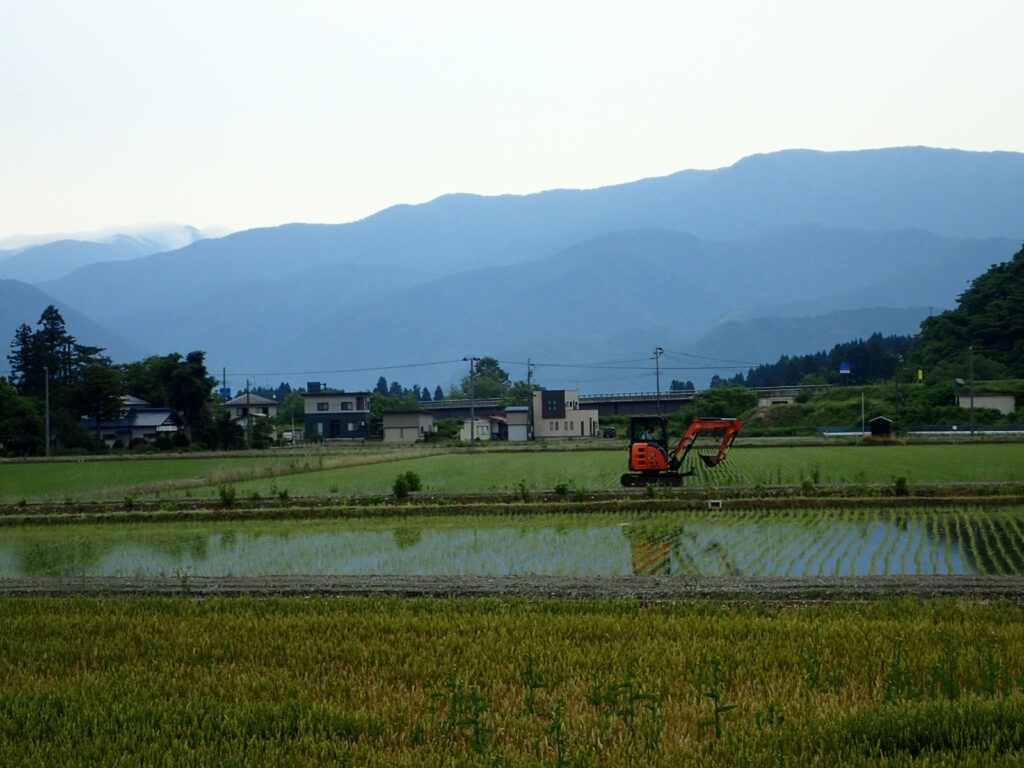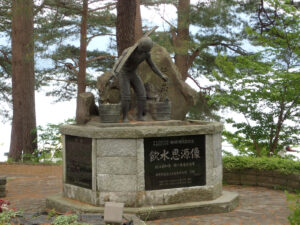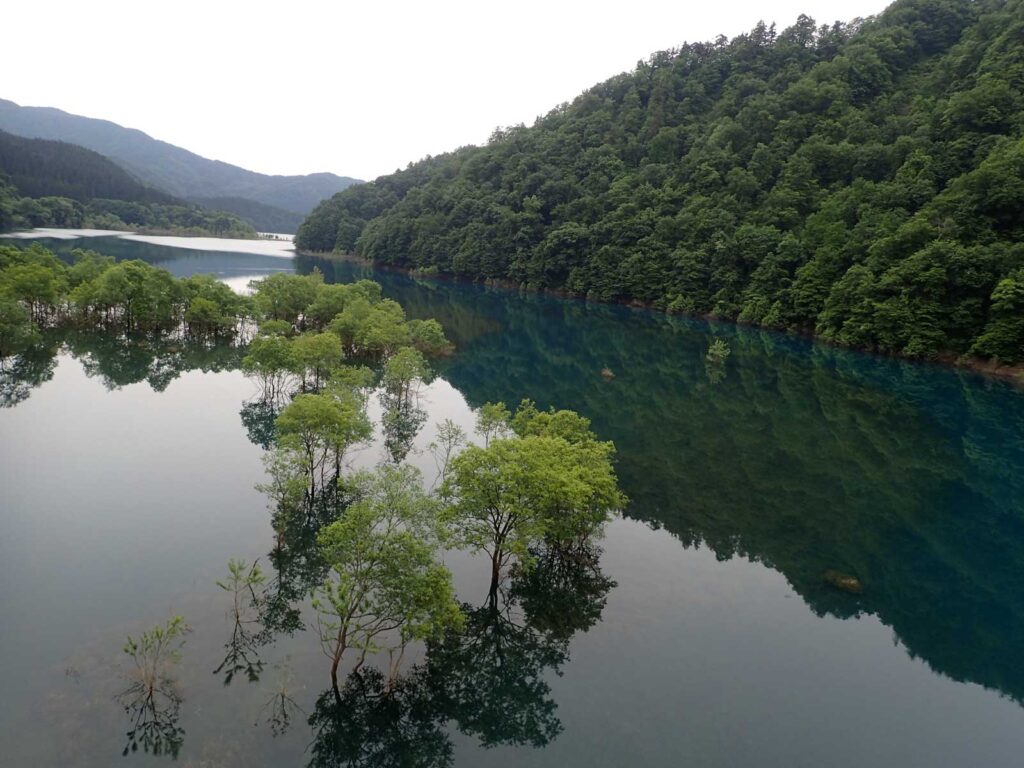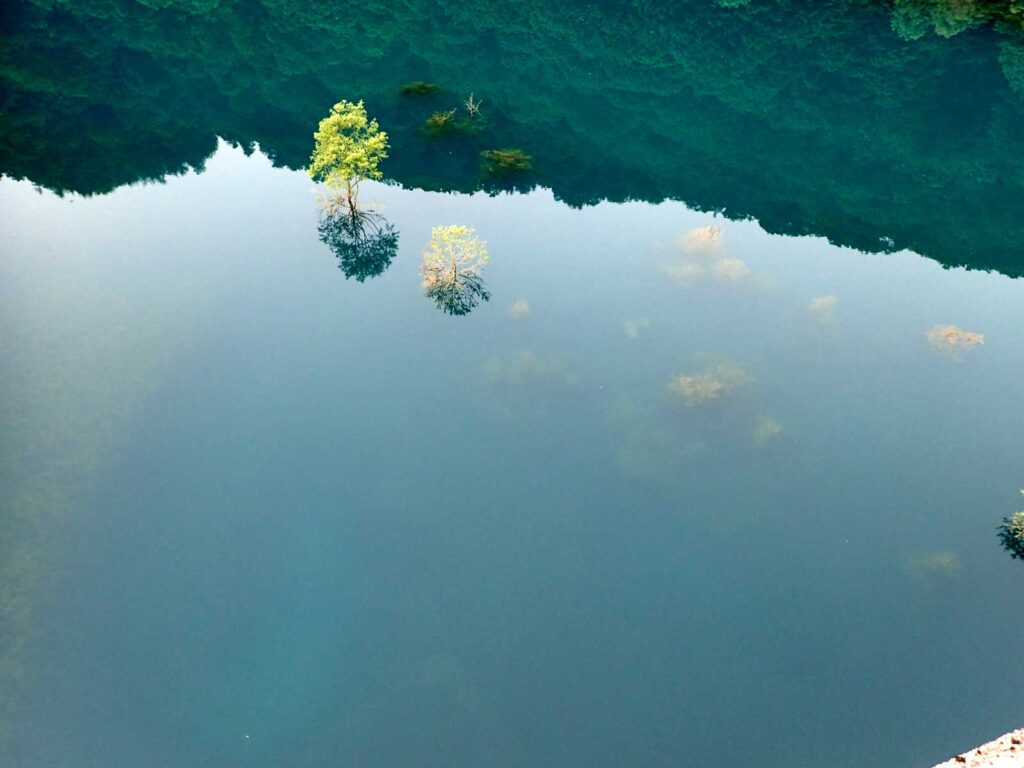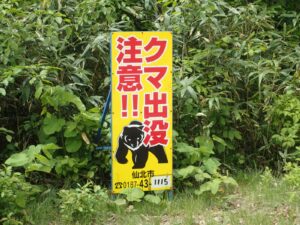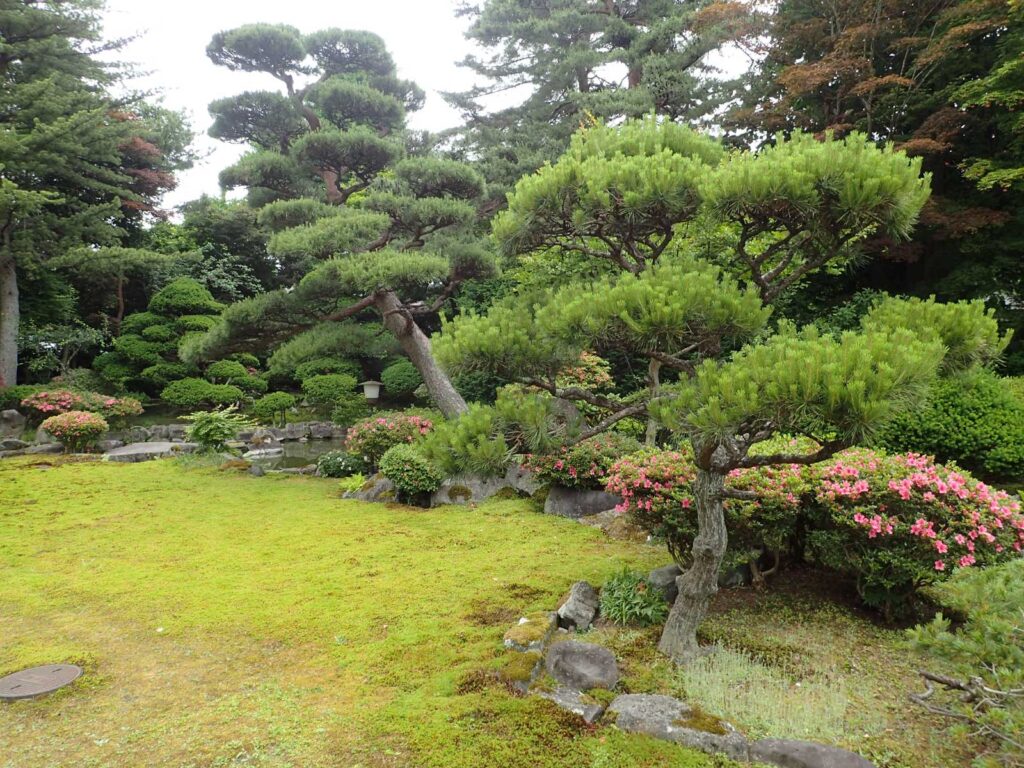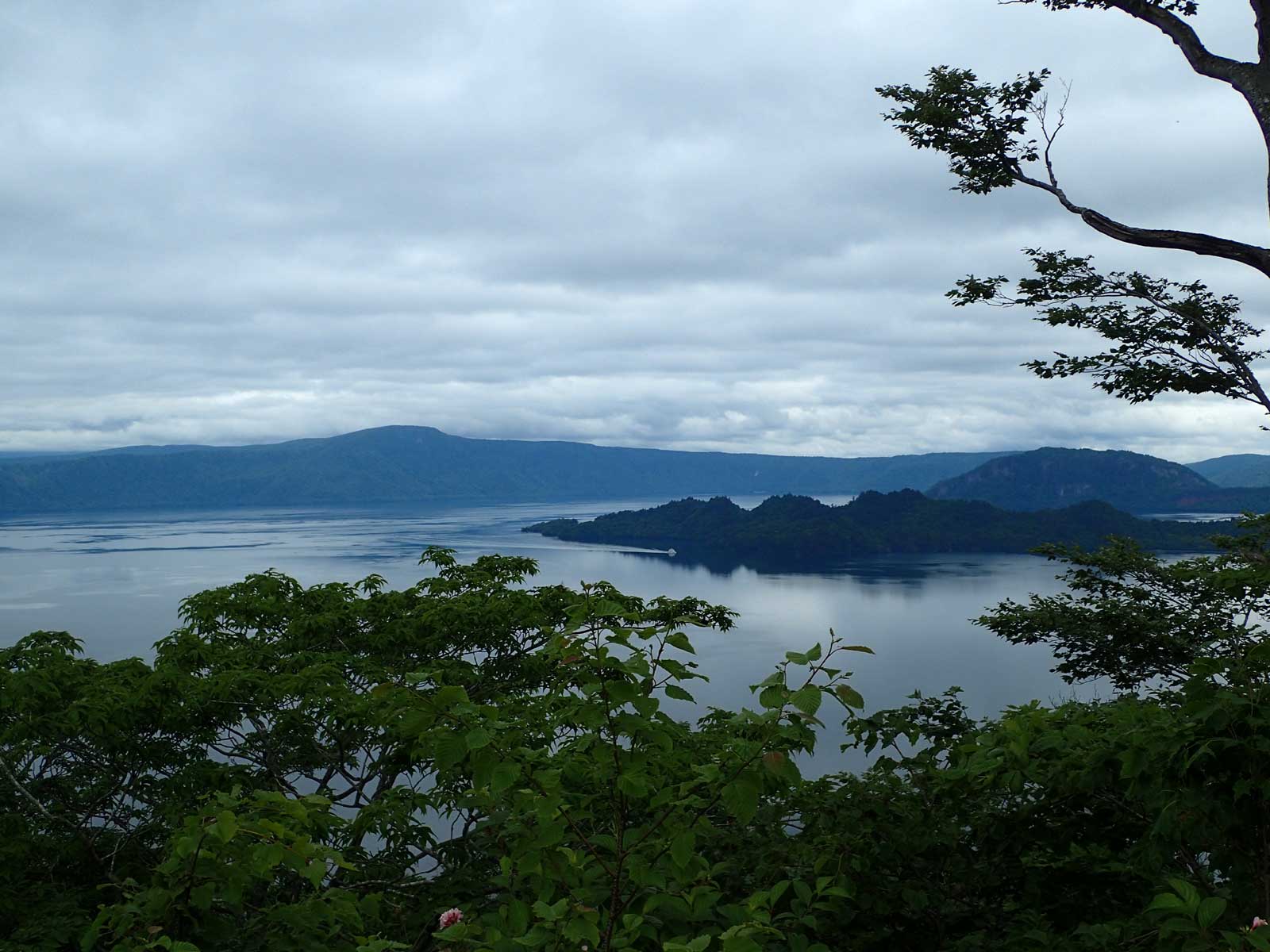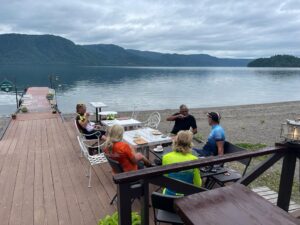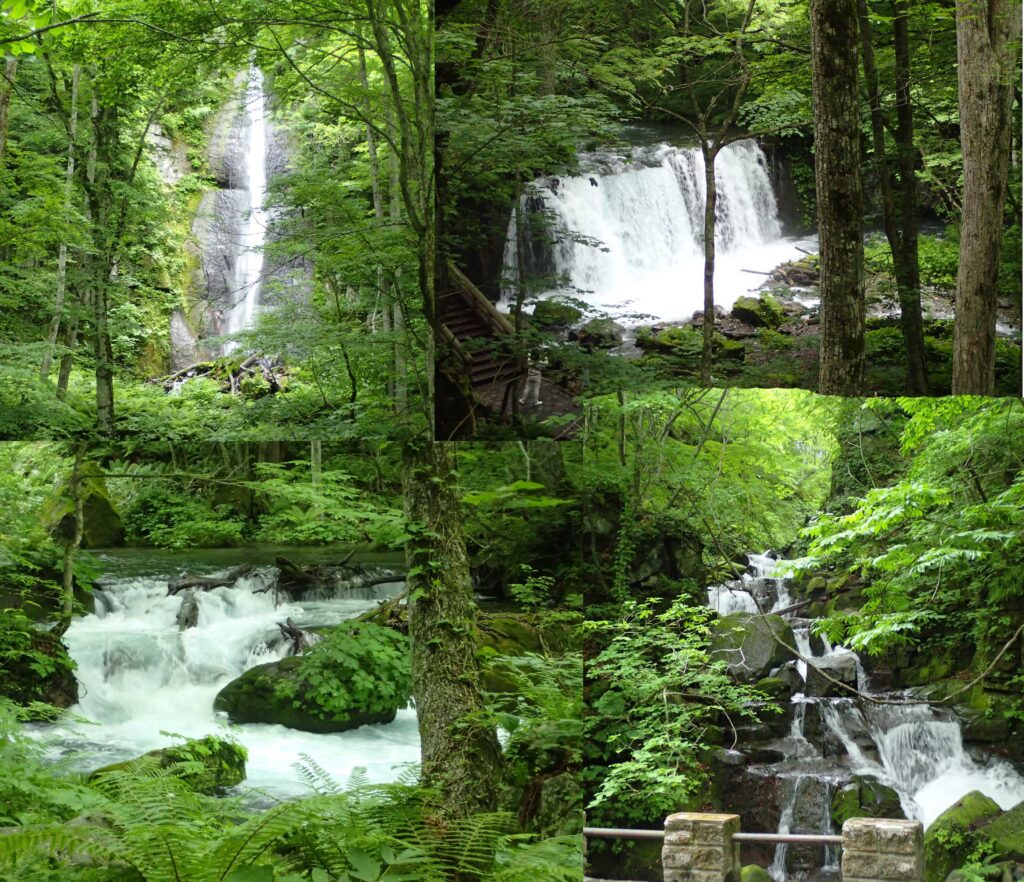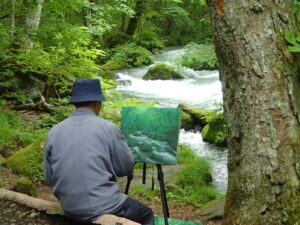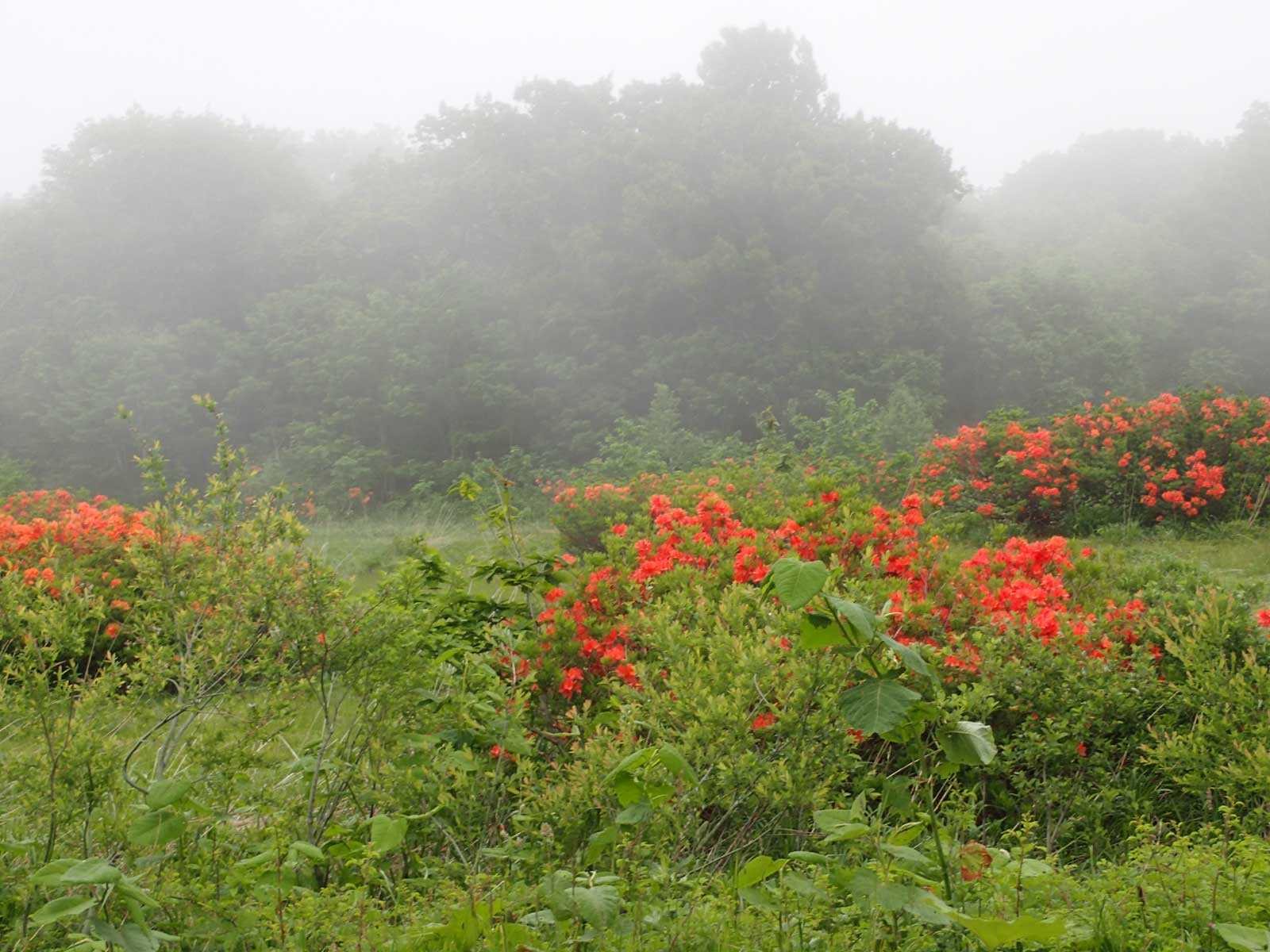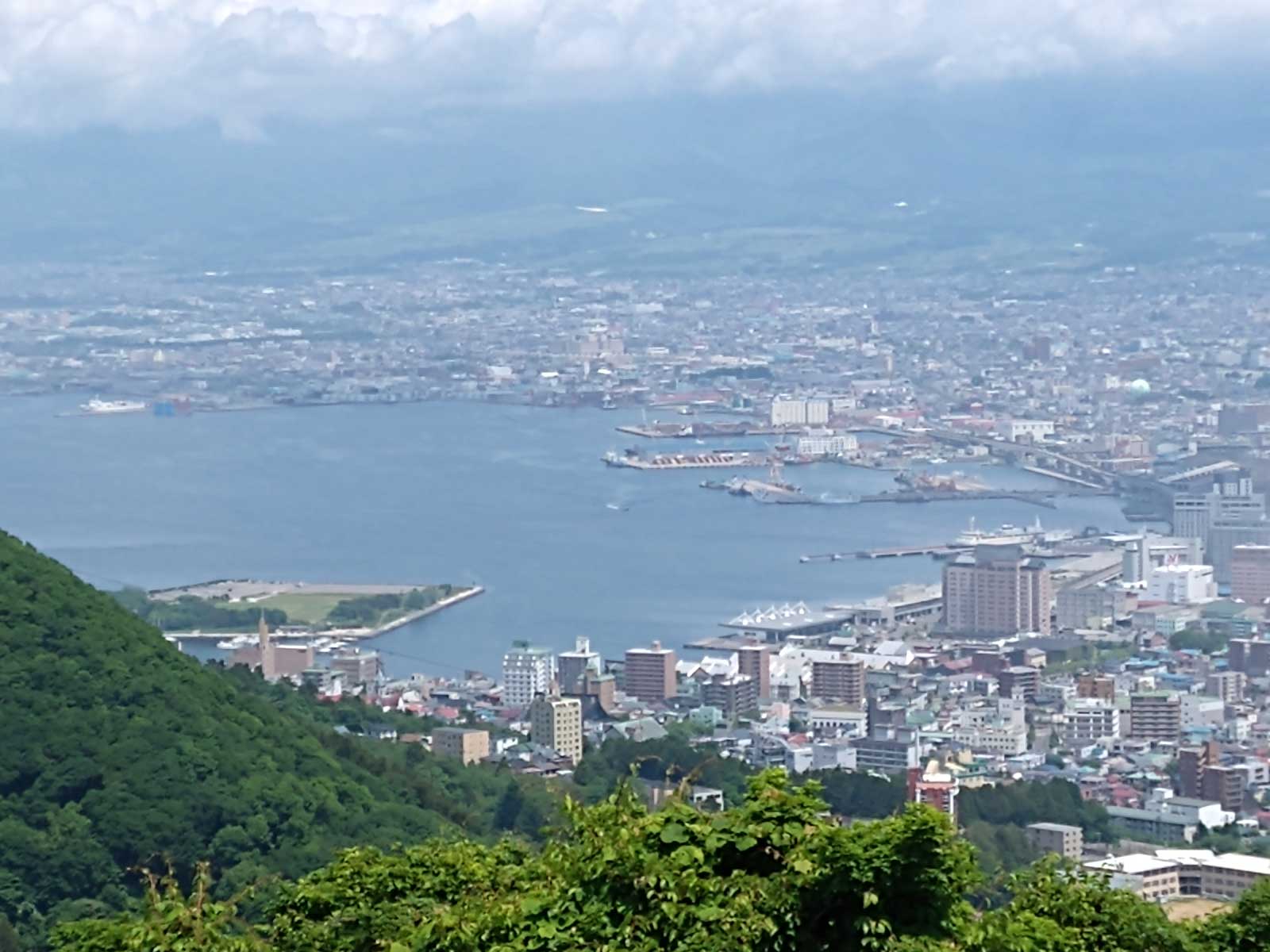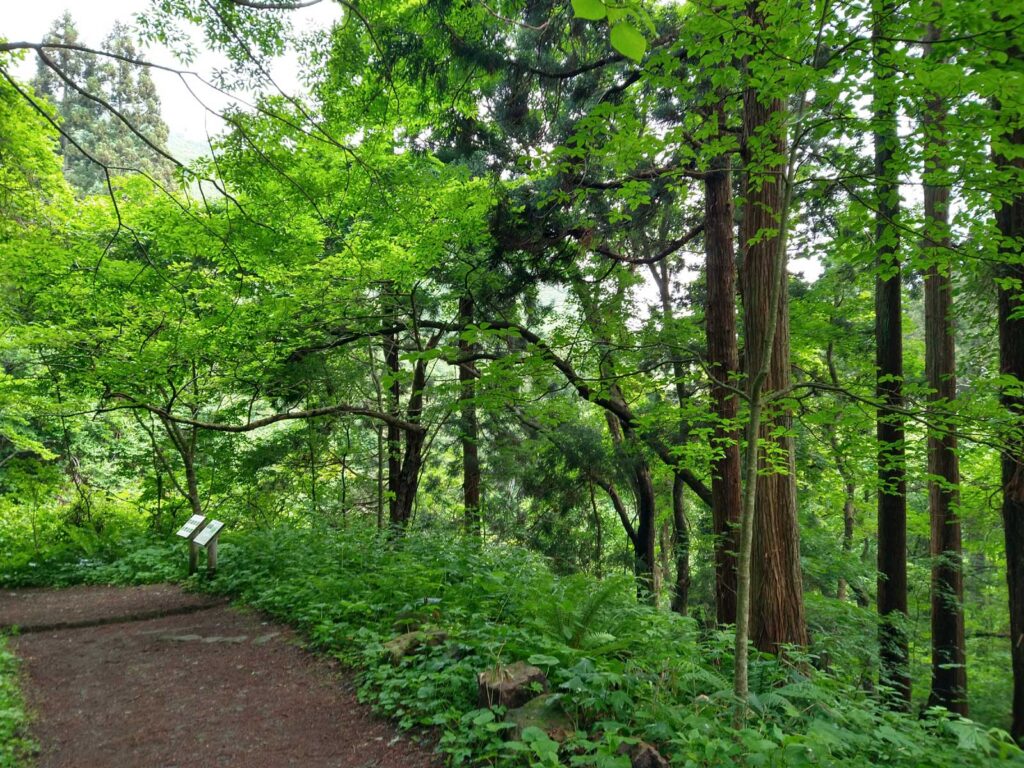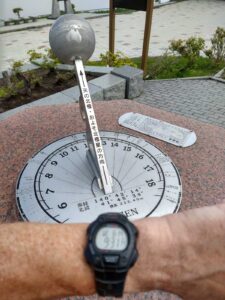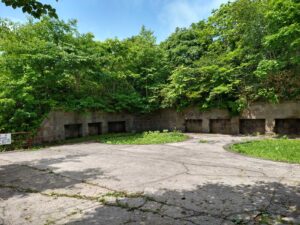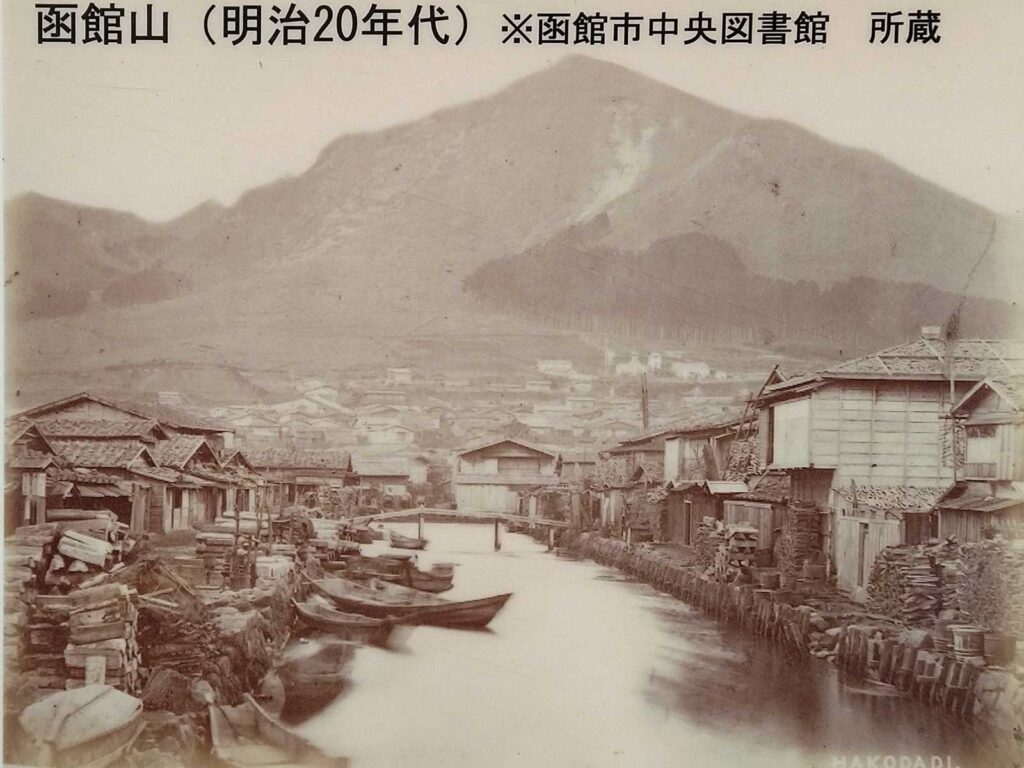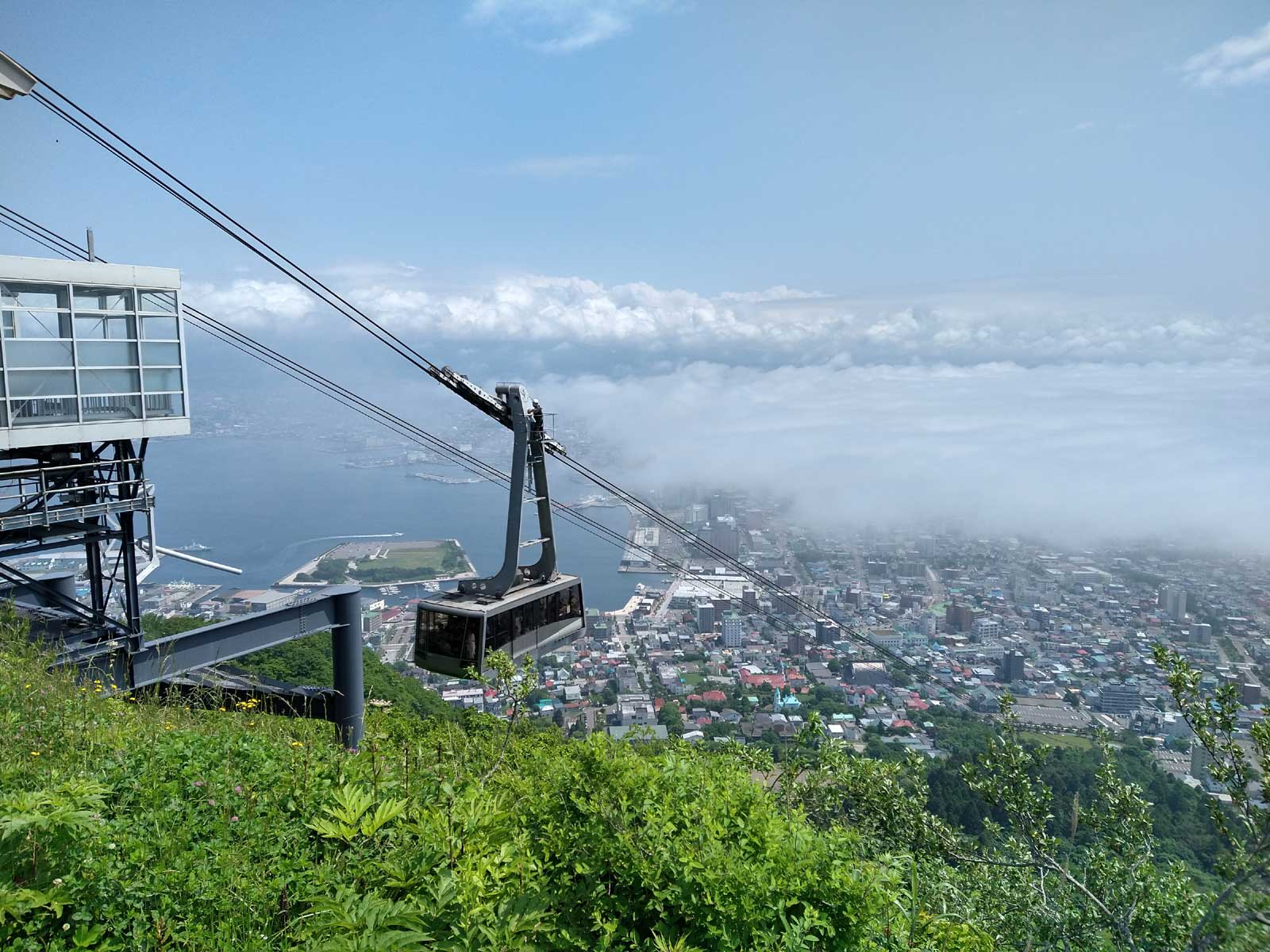Lake Kaeaguchi to Tokyo
June 1, 2023
Our Tokyo adventure started with a long morning at Lake Kaeaguchi with time to explore while we waited for our bus and two hour ride into Tokyo. Japanese hotels are very strict about check in times so arriving too early was not a good idea. Riding bicycles into to Tokyo, while possible would have taken us through some very industrial areas and heavy traffic. The wise folks at TDA Global Cycling decided to have us avoid that part of the Japanese experience.
Mount Fuji is very shy. Most of the time she hides her mighty peak in the clouds only allowing the most brief glimpses this time of the year and those during the cooler early morning hours. Between 4:00 and 6:00 am she decided to shed her misty cloak and reveal herself. I missed the earlier show but managed to catch the 6:00 final act. It was worth waiting for.
A walk around Lake Kaeaguchi is a walk through an area devoted to tourism. Hotels upon hotels take up all the good real estate with some cut into the side of the steep hills that line part of the lake. Still, there are some hidden local touches such as the two shrines that I found in my travels. One was well up a somewhat unused path behind our hotel. I was told the idol within it was a Buddha but that Japanese frequently invoke both Buddhist and Shinto images in their shrines. This small one may have been to honor the spirits of that hillside. Further along the lake was a more elaborate shrine with a well defined path leading to it. This shrine was used to pray for easy childbirth as well as grandchildren.
My final stop in my walk around the lake was at an amazing sculpture depicting two women as polar opposites dancing around a vase. One signifying the positive and the other the negative but combining to portray the drama of two opposites coming together to become one in the never ending renewal of life. A yin-yang moment. The sculpture was created by Seibo Kitamura, Japan’s greatest sculptor, who at the age of 101 visited Lake Kaeaguchi and was so moved by its beauty that he created this statue to symbolize man’s quest to understand the eternal essence of the universe.


